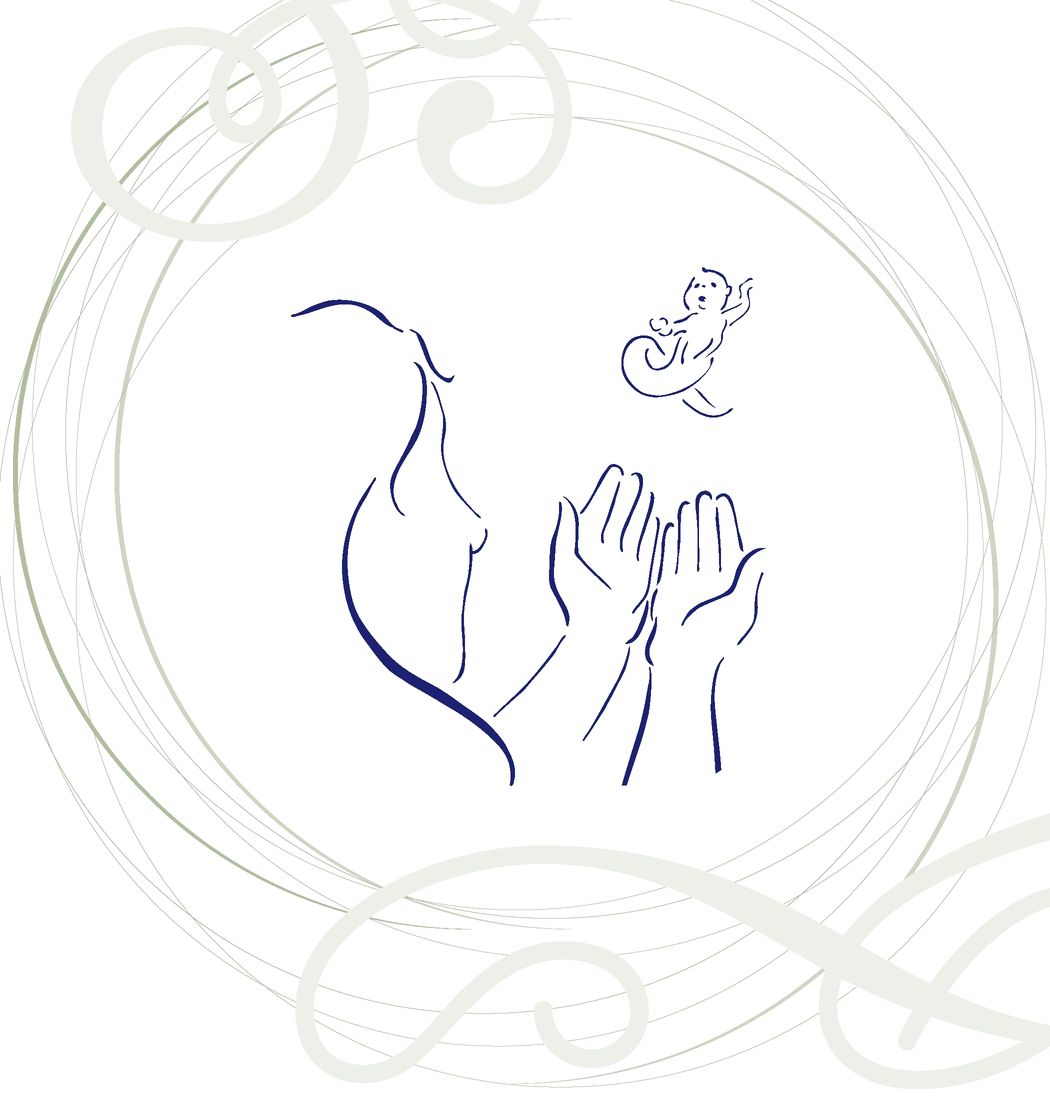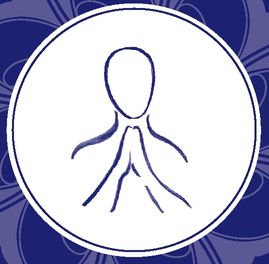anjali & namaste mudras
Anjali and namaste mudras are not asanas, but rather energetic seals, or symbolic gestures, which are commonly used in asana practice. At the beginning of practice, we typically bring our hands together in a prayer position while chanting OM. Those who practice vinyasa-style asana will bring their hands to prayer at the start and close of sun salutations as well as in warrior 1, with arms raised overhead. This gesture is a touchstone of the practice and has such a potent meaning that its origin is worth a closer look.
Patanjali
As the grand preserving force of the universe, Vishnu watches carefully to see when we need a course correction here on earth. Any time he sees civil unrest, general unhappiness, or a unique opportunity for the human race to advance, he will show up on earth to help us out. We’ve seen his manifestations in great figures like King Ram and Krishna. At one point, he looked at the earth and saw that there was an opportunity to bring more cohesion into the lives of people who were interested in yoga.
About two thousand years ago, there were many factions among those who practiced yoga. Lying on the great serpent Ananta on the great ocean of possibility, Vishnu noticed this separateness in the practice of yoga, and he thought it would be a good idea to find a way to bring everyone together. He decided to send his liaison Ananta, charging the thousand-headed serpent with the task of bringing the yoga groups together into one great practice.
Down on earth lived a lovely woman who had the misfortune of being unable to have children. She was a devout worshipper of Vishnu and prayed every day for the miracle of a child. As she prayed, she held her hands open to receive any grace that might fall upon her. She waited and hoped and never gave up.
One day, as she was down on her knees with upturned hands reaching toward the sky, Vishnu decided to let the grace of his grand serpent fall upon this sweet woman. Into her praying hands fell baby Patanjali. (Pat means “to fall” in Sanskrit, and anjali was the gesture the woman made with her hands.) This was no ordinary baby boy. He had the upper torso of a normal human, but his lower half was a snake’s tail. Apparently Ananta didn’t have time to make a complete transformation on his fall to earth. But who was the woman to question a gift from above? So she loved him and raised him as her own, despite his serpentine lower half.
Patanjali grew to be a great master of yoga, and he helped the world by uniting all the different ideas about yoga into one grand work, called the Yoga Sutra. Sutra means “thread,” and this classic text consists of short aphorisms, which pull yoga together into one great fabric. Each little phrase encompasses great wisdom, which has sustained yoga for the last two thousand years. Patanjali’s yoga sutras outline several different methods for achieving ultimate happiness, or yoga. The most well known of these is ashtanga yoga. The ashtanga yoga path includes yama (restraint), niyama (observances), asana (seat or posture), pranayama (breath work), pratyahara (turning inward), dharana (concentration), dhyana (meditation), and samadhi (enlightenment).
Praying with outstretched hands, in anjali mudra, symbolizes the unwavering belief that whatever one is praying for will soon arrive. Inherent in this gesture is a strong pulsation of faith, or shraddha. Faith is what is required to be able to make great leaps (as we’ll see in the story of Hanuman on page 76) and receive great blessings, as Patanjali’s mother did.
Namaste—Reverence to Thee
While namaste and anjali are generally interchangeable names for a similar gesture, there is no myth associated with the namaste mudra. Namaste is a sort of variation on anjali that helps us in our efforts to find a balance. The word “namaste” is also an important and pervasive aspect of today’s yoga practice. We end classes with the gesture of bringing our hands to prayer and the salutation “namaste.” This is reflective of yoga’s end goal.
Ultimately, yoga seeks to join all opposites and dissolve any illusion of separateness that may exist. Any time we weave the inhale into the exhale, look for similarities between ourselves and our partner, or watch as day slowly turns to night with no definitive break in between, we are experiencing the presence of yoga that is all around us. This process can be experienced internally, too, as described in another classic yoga text, the Hatha Yoga Pradipika.

In the Hatha Yoga Pradipika, the concept of duality is introduced as a sun and moon within the body, with the sun representing the right side of the body and the moon representing the left. The ultimate aim of asana practice is to use various methods to dissolve this opposition and allow all our energy to be unified. The goal is a feeling of true balance within the body and mind—a constant flow of energy, thought, and behavior that favors neither light nor dark, good nor bad, up nor down, lazy nor energetic. It is the opposition that actually shows us how to find balance, like a pendulum swinging from side to side that eventually comes to rest in the center. And for a yogi, the center is the heart.
During asana practice, we work and allow our energy to become balanced. Stretching our muscles creates the space for this to occur, as does deep and steady breathing. We remind ourselves of this search for balance by bringing our hands together in prayer in front of our heart. This is called the namaste mudra. Namaste means “obeisance to you” or “reverence to you,” which can be more poetically translated as “the light in me honors the light in you.” When we do this periodically throughout our practice, it becomes a touchstone for us to remember why we have come to our mat and what yoga means to us. Both anjali and namaste mudra represent the crux of yoga practice—two seemingly opposing forces (such as masculine-feminine, rational-emotional, sun-moon) being joined. In these gestures, we bring both the right and left sides of the body together at the heart.


